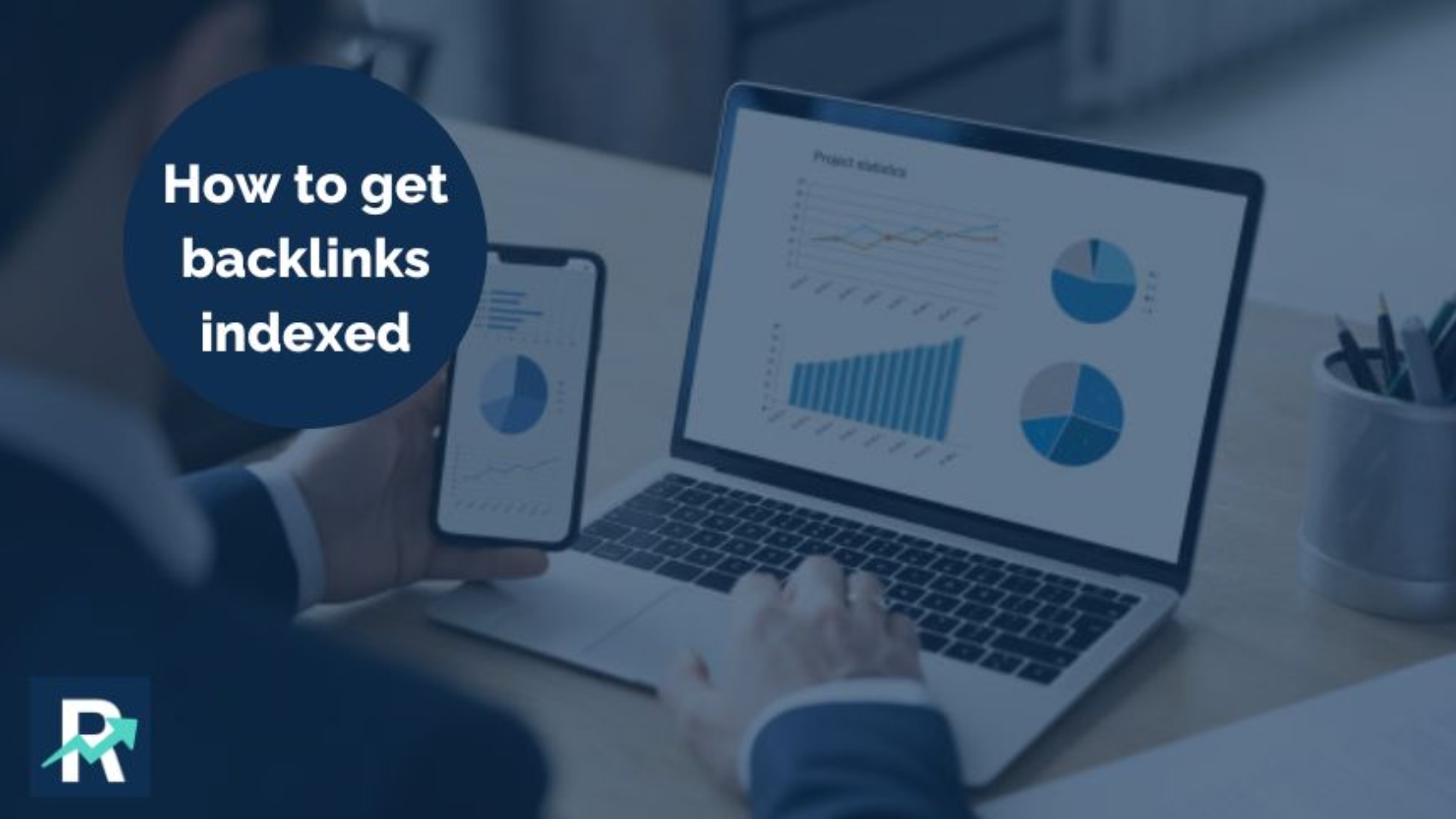Ever crafted the perfect content, optimized every detail, and hit publish, only to find your masterpiece languishing in the unseen corners of the internet? Backlinks, those powerful votes of confidence from other websites, are crucial for boosting your content’s visibility.
But the journey doesn’t end there. Ensuring search engines index these backlinks is equally important to unlock their full SEO potential.
At Rankupmagic, we’re here to demystify the backlink indexing process and equip you with actionable strategies to get your backlinks noticed by search engines, ultimately propelling your content towards the top of the search results page.
Manual Indexing Through Google Search Console
For websites you have control over or close relationships with, you can take a proactive approach by directly submitting the URLs of your backlinks to Google Search Console.
This free tool from Google allows you to request indexing of specific web pages, including those containing your backlinks.
Simply log in to Search Console, navigate to the URL Inspection tool, paste the backlink URL, and click “Request indexing.”
While not a guaranteed method, this approach can help nudge search engines towards indexing your backlinks faster.
Social Sharing:
Social media platforms offer a powerful tool to increase the visibility of your backlinks and, consequently, their chances of being indexed by search engines.
Share your content, including the backlinks, on platforms like Twitter, Facebook, and LinkedIn. Engaging with your audience and encouraging them to share further amplifies the reach and signals its relevance to search engines.
Remember, the more eyes on your content, the higher the likelihood of search engines taking notice of your backlinks.
Pinging Services: A Gentle Nudge
While not a guaranteed method, pinging services can act as a gentle nudge to notify search engines about your backlinks. These tools essentially send a “ping” to search engines, informing them of the existence of your webpage and the newly acquired backlink.
It’s important to remember that pinging should be used strategically and sparingly. Overuse of pinging services can be seen as manipulative and might even harm your SEO efforts. Therefore, it’s crucial to only use reputable pinging tools and avoid spamming search engines.
Building a Strong Backlink Profile:
The foundation of successful backlink indexing lies in building a strong backlink profile. This means prioritizing high-quality backlinks from websites relevant to your niche.
Search engines value links from established, trustworthy sources, so focus on building genuine connections with websites your target audience already frequents.
Remember, quality trumps quantity in the world of backlinks. Earning a single link from a highly authoritative website within your niche holds infinitely more weight than acquiring a dozen links from irrelevant, low-quality sources.
Furthermore, consistency is key. Regularly creating fresh, valuable content not only establishes you as an expert in your field, but also naturally attracts backlinks from other websites seeking to share your insights with their audience.
By consistently delivering high-quality content, you increase your website’s trustworthiness and encourage organic backlink acquisition.
Internal Linking: Building Bridges within Your Website
Internal linking involves strategically placing links to your backlinked pages within other relevant pages on your website. This serves two key purposes:
Improves User Experience:
Users can easily navigate your website and discover related content, enhancing their overall experience.
Boosts Search Engine Visibility:
Search engines crawl your website through links, and internal linking strengthens the connection between your backlinked pages and other high-value pages. This can potentially signal to search engines that your backlinked pages deserve attention, ultimately aiding in their indexing process.
Use Video Sitemaps:
If your backlinks are cleverly embedded within videos on other websites, you can leverage video sitemaps to increase the chances of them being indexed.
A video sitemap is an XML file that informs search engines about the video content on your website.
By including the URLs of the videos containing your backlinks within your video sitemap, you can directly notify Google about these valuable links, potentially speeding up the indexing process.


